Based on years of beneficiation experience, Fodamon engineers will describe the knowledge of flotation in four chapters.
What is floating beneficiation (flotation)? What is its scope of application?
Flotation, namely foam flotation, is a mineral processing method for separating minerals according to their physical and chemical properties.
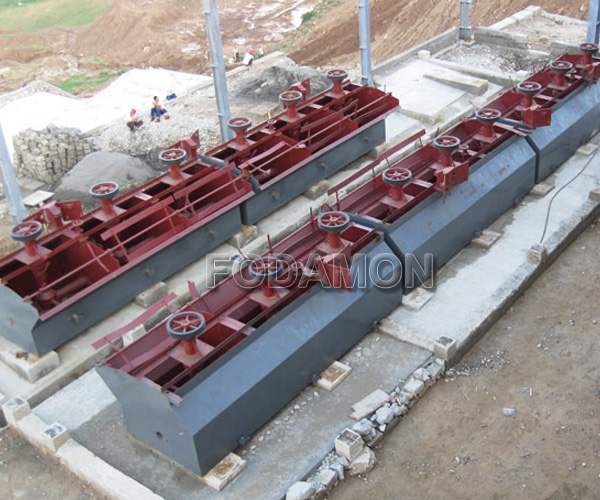
In the process of flotation, the ups and downs of minerals are almost independent of mineral density. For example, chalcopyrite and quartz, the former has a density of 4.2 and the latter has a density of 2.66, but the heavy mineral chalcopyrite is easy to float up and quartz sinks at the bottom. It is found that the floatability of minerals is related to their affinity for water. Minerals with high affinity for water and easy to be wetted by water are difficult to adhere to bubbles and float. Minerals that have little affinity with water and are not easy to be wetted by water are easy to float up. Therefore, it can be said that flotation is a beneficiation method based on different wettability of minerals by water. Generally, the properties of easy and difficult flotation of minerals are called mineral floatability. Flotation is to separate minerals by using the difference of floatability of minerals. In the modern flotation process, the application of flotation reagent is particularly important, because after treatment by flotation reagent, the floatability of minerals can be changed, so that the minerals to be floated can selectively adhere to bubbles, so as to achieve the purpose of beneficiation.
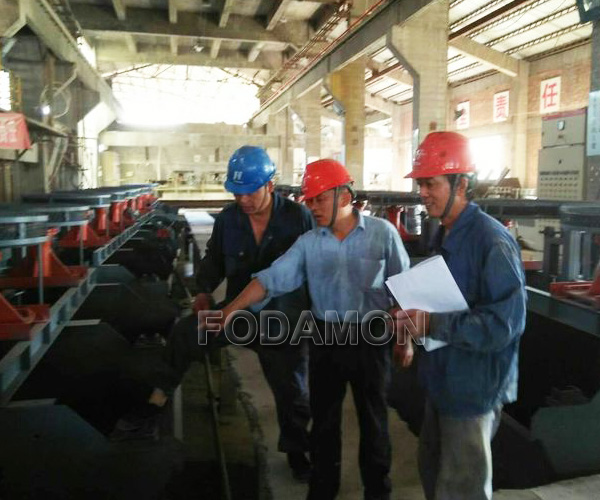
Flotation is one of the most important beneficiation methods. According to statistics, 90% of nonferrous metal ores are treated by flotation. In addition, the flotation method is also widely used for the separation of rare metals, precious metals, ferrous metals, nonmetals, coal and other mineral raw materials. In recent years, flotation method is also used for water purification and sewage treatment at home and abroad. It can be seen that the application range of flotation method is quite wide. Compared with other beneficiation methods, the flotation method has better effect and is more economical and reasonable. Flotation is also commonly used to separate the fine part of coarse or non-uniform disseminated ore.
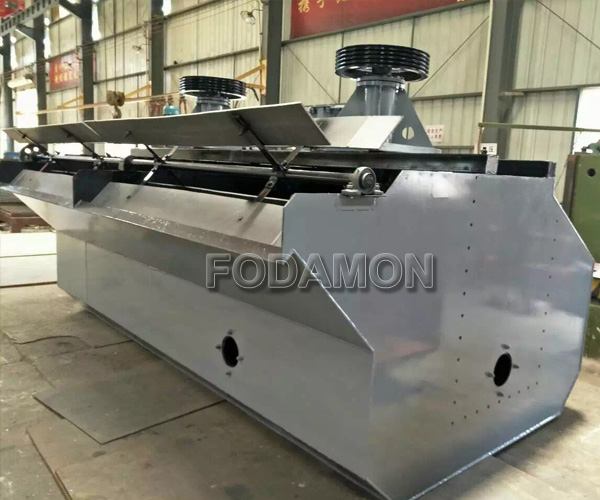
- What basic operations does the flotation process include?
As with other beneficiation methods, the material preparation before beneficiation should be done well, that is, the ore should be grinded and graded to reach the concentration and fineness suitable for flotation. In addition, flotation has the following basic operations:
① Adjustment of pulp and addition of flotation reagent
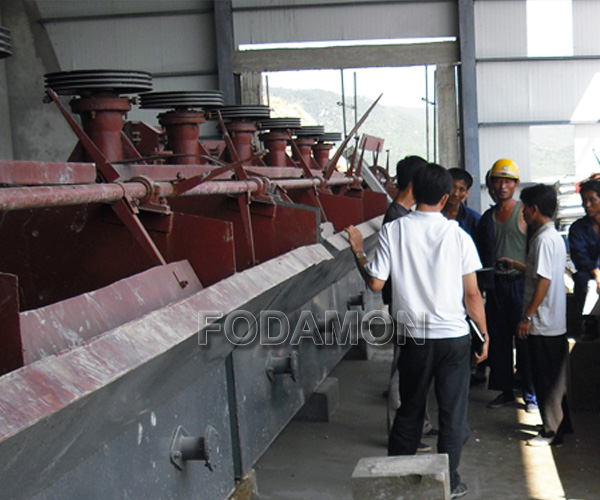
The purpose is to cause the difference of mineral surface properties, that is, to change the wettability of mineral surface and adjust the selectivity of mineral surface, so that some mineral particles can adhere to bubbles, while others cannot.
② Stir and cause a lot of bubbles
With the help of the aeration and stirring of the flotation machine, the air in the pulp is dispersed to form a large number of bubbles, or the air dissolved in the pulp is formed into microbubbles and precipitated.
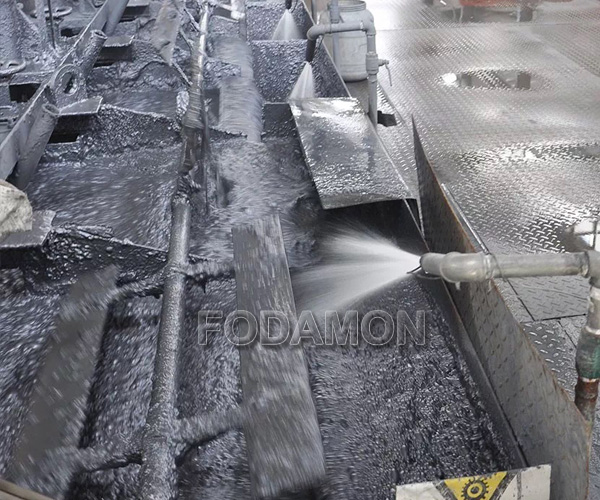
③ Bubble mineralization
The selective attachment of ore particles to bubbles is the most basic behavior in the flotation process.
Formation and scraping of mineralized foam layer
The mineralized bubble rises from the bottom of the flotation cell to the surface of the ore slurry to form a mineralized foam layer. The useful minerals are enriched into the foam and scraped out and become the concentrate (middling) product. The non target minerals are left in the flotation cell to achieve the purpose of separation. Usually, the minerals floating in flotation operation are useful minerals. This flotation process is called positive flotation. On the contrary, if the minerals floating are gangue, it is called reverse flotation (or reverse flotation).
